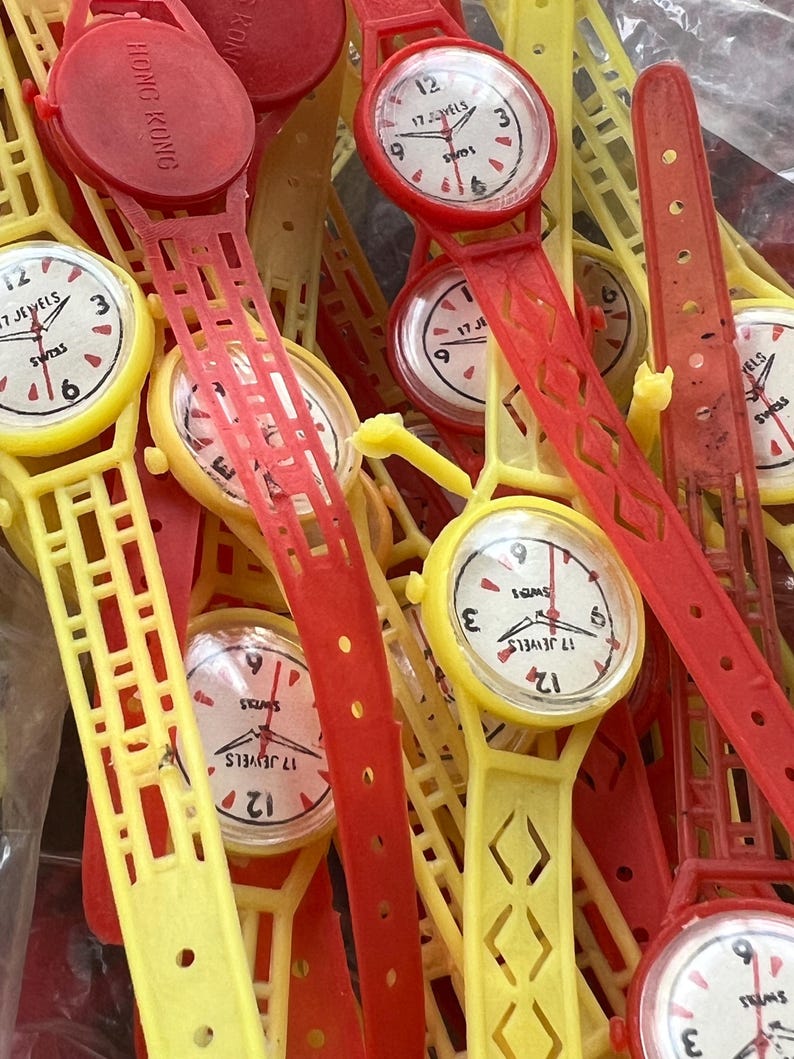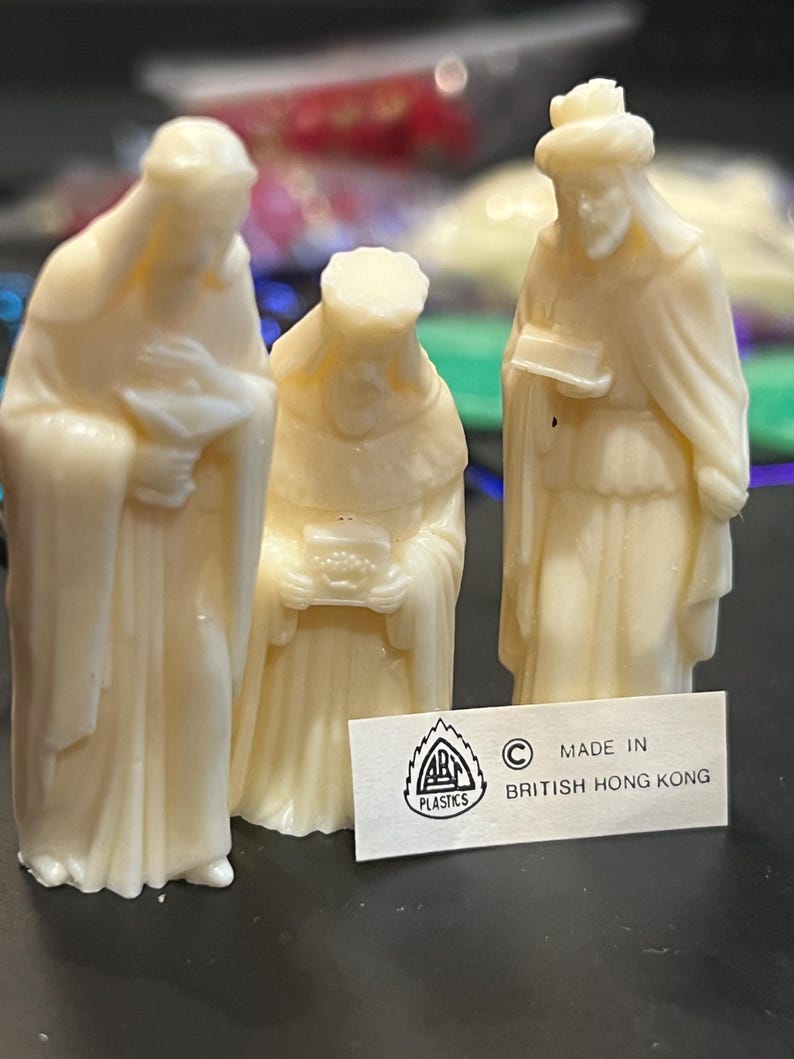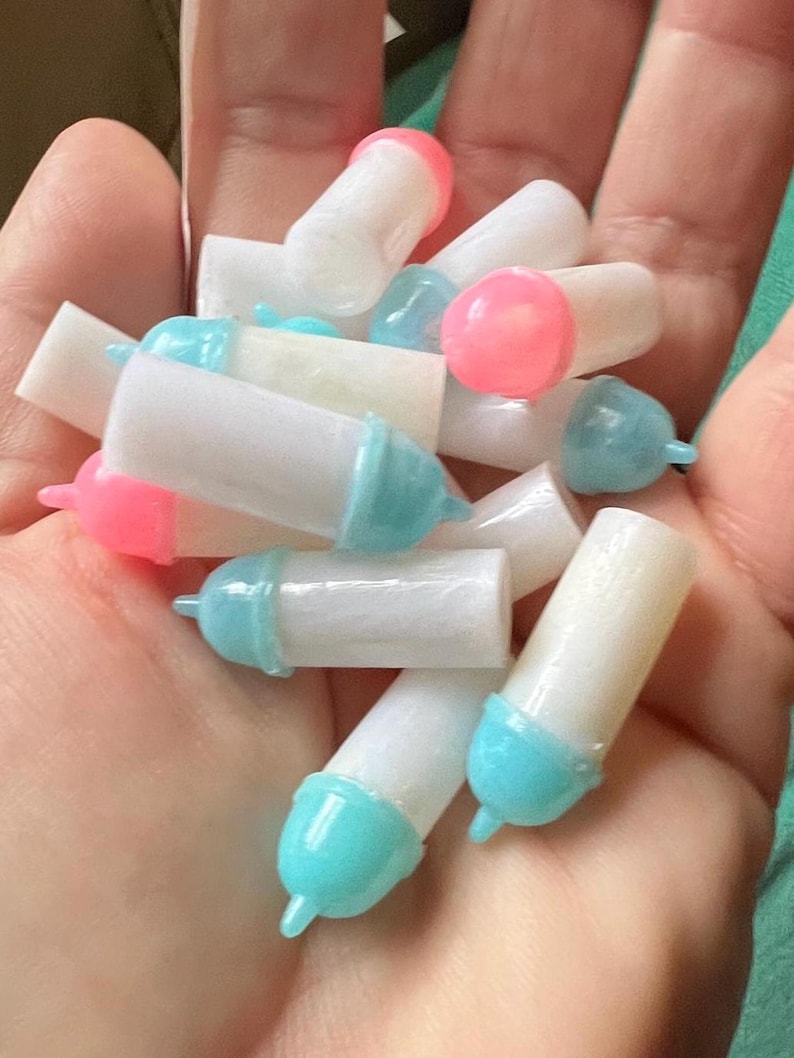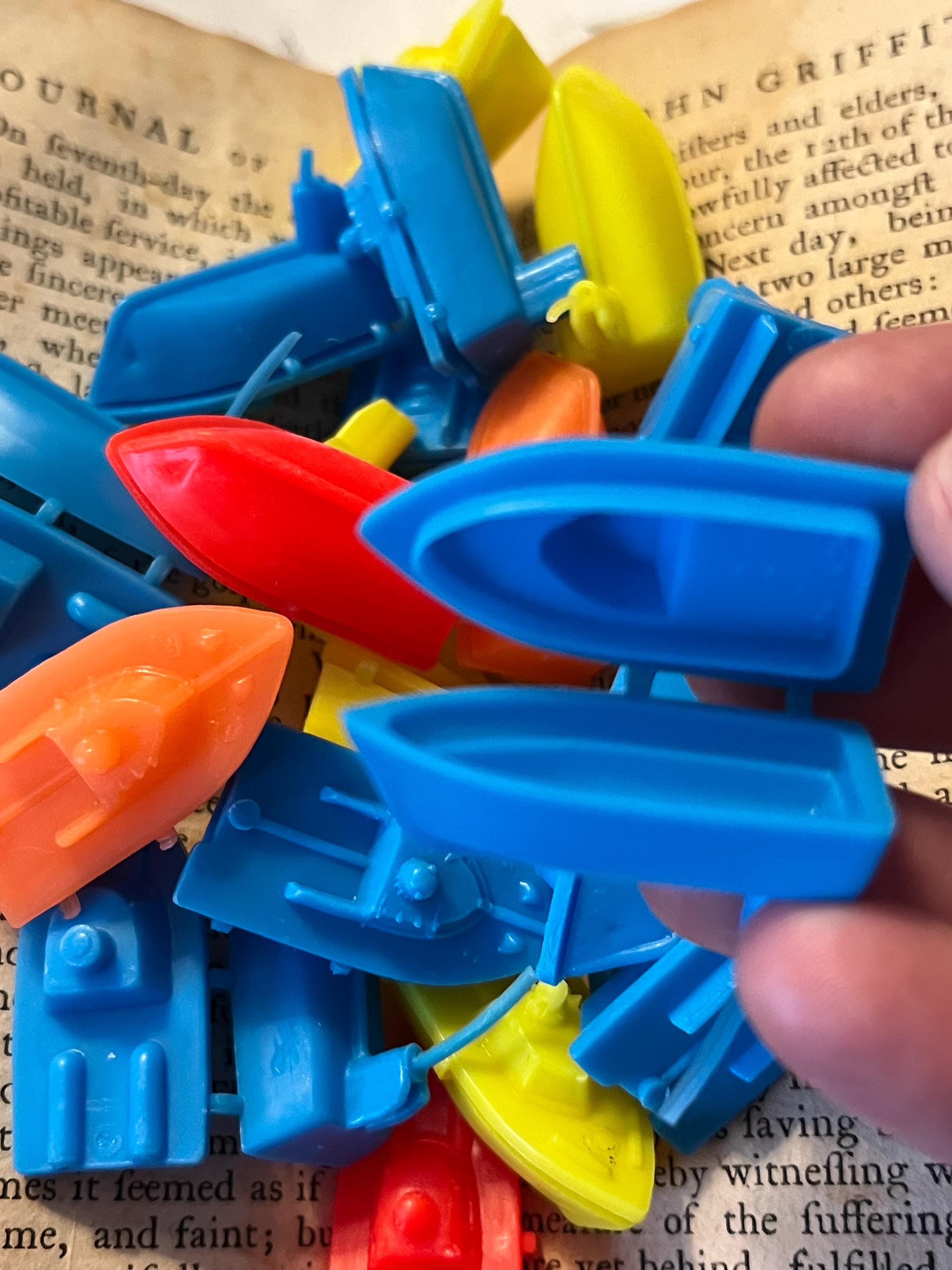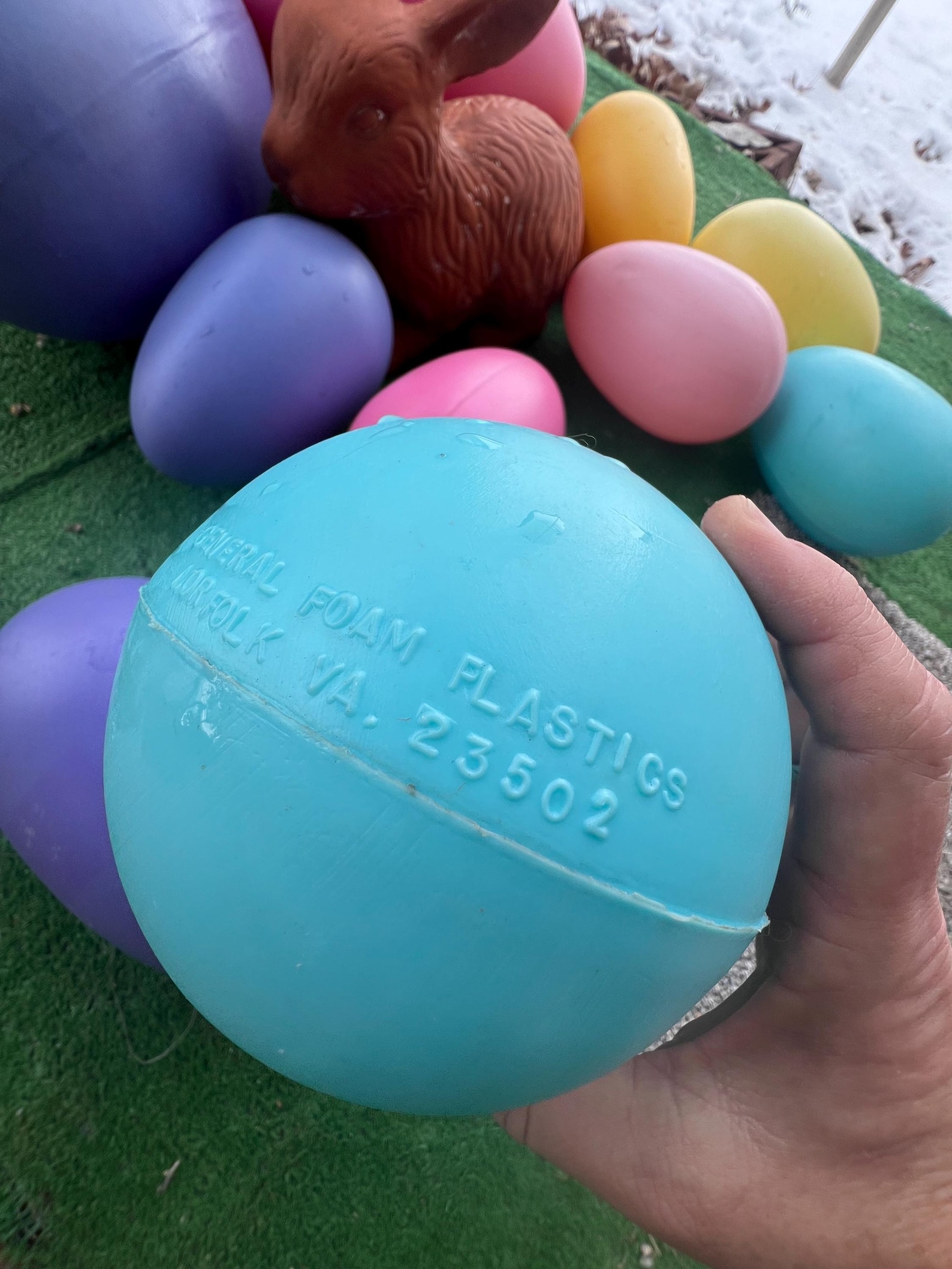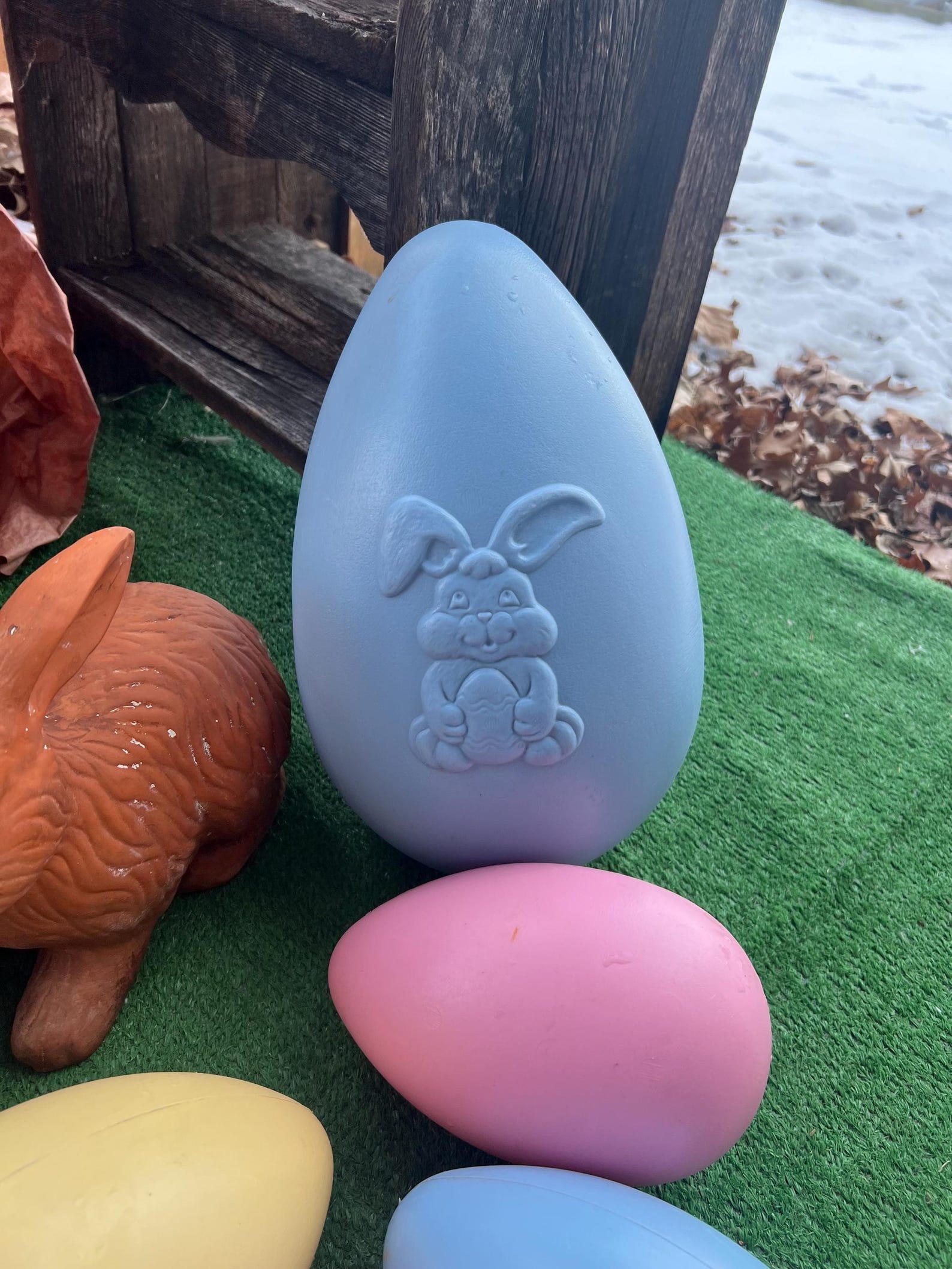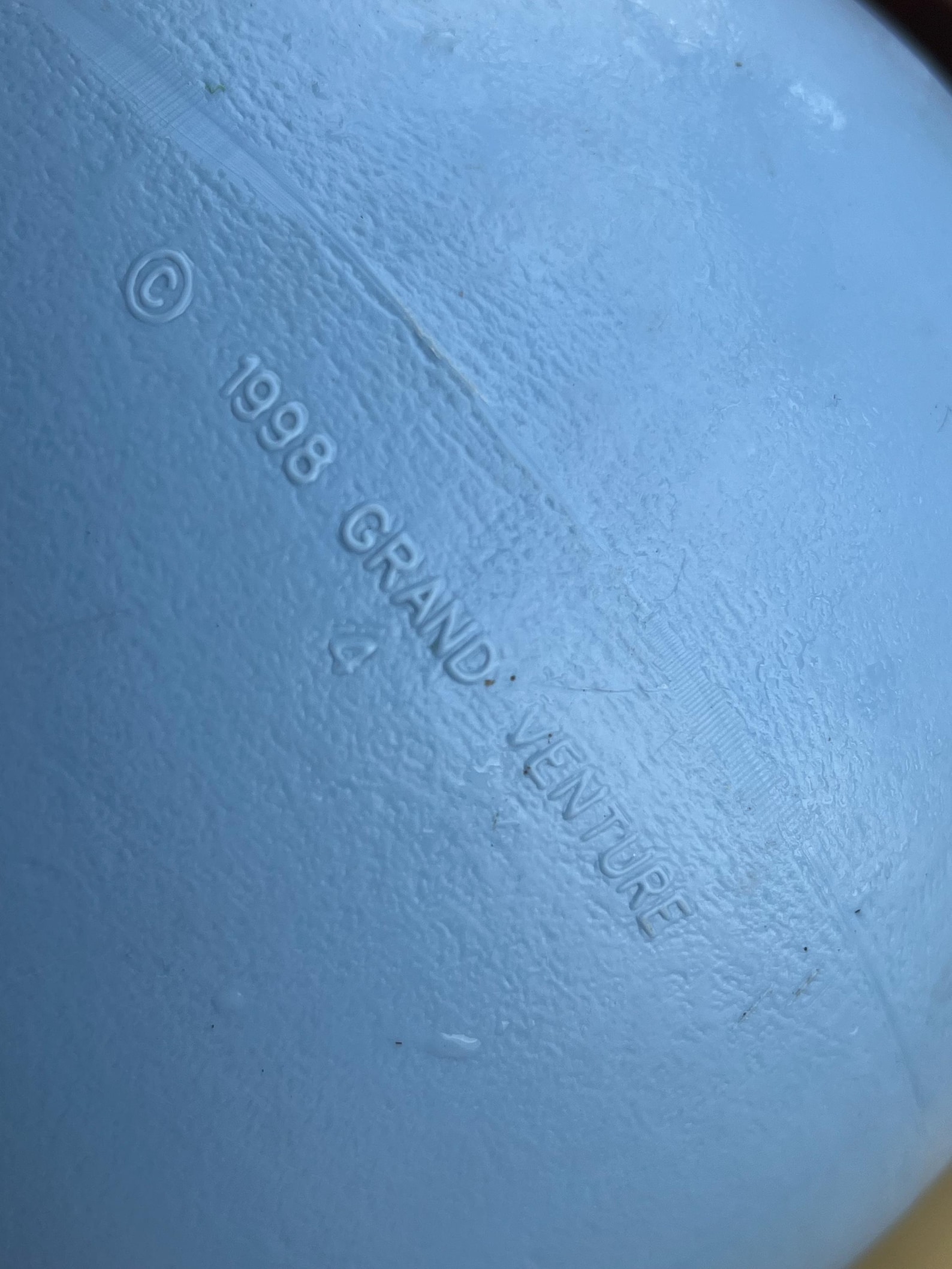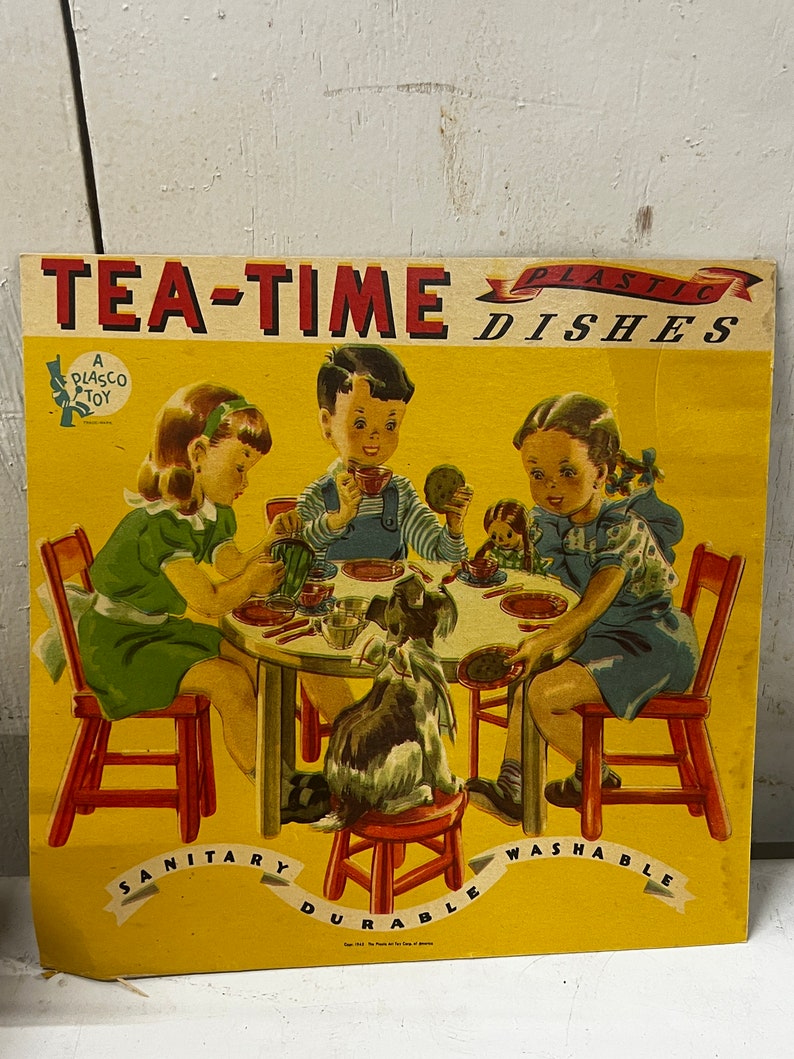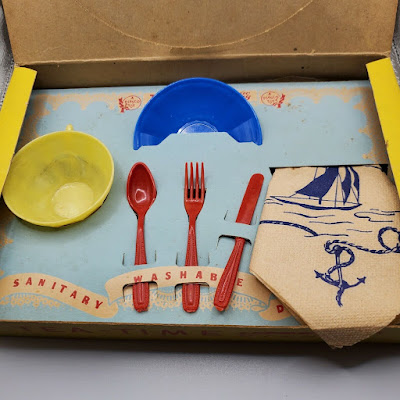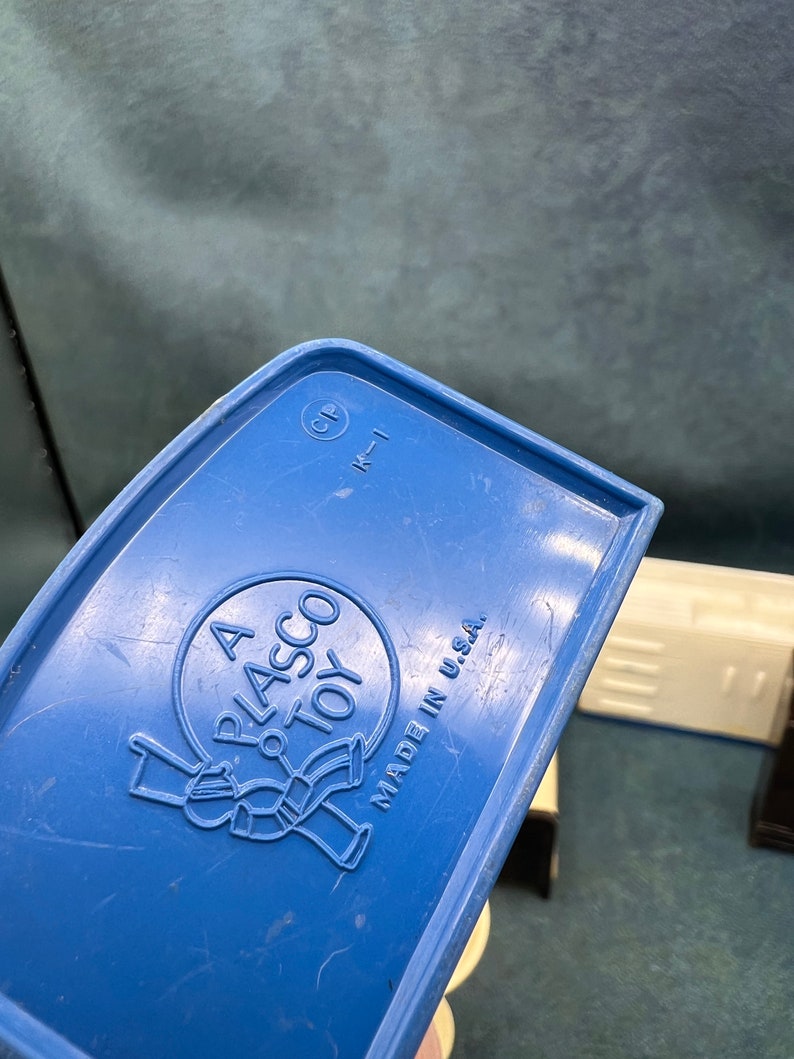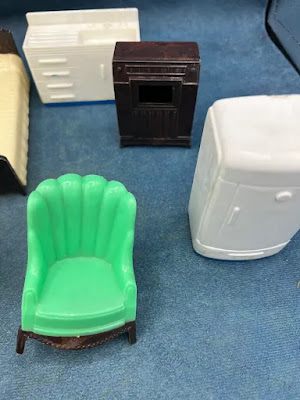VINTAGE HONG KONG TOYS: FUN FOR ALL THE GIRLS AND BOYS
Things Made:
- Gumball Machine Prizes
- Charms of all Kinds
- Barbie and Fashion Doll Accessories from tiny suitcases to doll combs
- Toy Cars and Trucks, Planes and Trains, Boats and Ships
- Plastic Whistles
- Gag Gifts, bugs, etc.
- Little Plastic Toy Puzzles
- Little Army, Military, Police Figures
- Small Miniature Pinball Machines
- Plastic Animals
- Pencil Erasers and Pencil Toppers
- Carnival Prizes and Novelties
- Play Make Up Sets
- Dress Up Accessories and Jewelry (like the watches above)
- Play Food Sets
- Halloween Decorations
- Christmas Decorations
- Valentine's Day
- Knock-Off Character Toys
In between Jack's Market and my home, used to be a tiny candy and toy shop. run by a very lucrative couple who lived there. I'm pretty sure you've seen this type of set up, where there's a two-story house and the bottom is a business window and entrance. It was not by chance or by accident that the owners soon realized to put this set up to good use. All of the neighborhood kids who went to school there would be walking around the neighborhood and word quickly spread that they had the goods we wanted.
I always made Kelli stop so I could go in and she hated it. She wasn't a candy or plastic girl, so I had to make selections quick. I remember trying to collect all the toy car erasers they had. When they heard the bell on the door, (I can still remember the jingle just like it was yesterday), the couple would come down from upstairs to wait on us. They had ice cream, sodas, candy (from Pop Rocks to wax cigarettes), 1980's rock band buttons, trading cards, baseball cards, school supplies, chips, popcorn, and a crap ton of Hong Kong novelty toys. It seemed like such a huge store back then, but in reality, it was the size of a large living room cramped by the drink coolers and freezers that lined the walls on the right side, and massive toy shelves on the left. They had a counter and a push button cash register.
I probably should blame them for my early love of all things plastic, and I probably was considered a valued customer. For just five to ten cents, I cleaned up on junk. They knew, when my allowance came, I would be back. I was going to buy them out of their Hong Kong toys. So they kept getting fresh stock. They had the whole neighborhood hooked.
Now some of the things were just going to break over time like kites, or little plastic whistles. However, the small "bugs" and "spiders" lasted the stomping on when you scared your friends. Good for multiple uses, so I figured it was a good investment in some of the items.
Here's a few things you can really notice about Hong Kong toys when identifying them:
- MOLDING LINES PROMINENT - Anything plastic from Hong Kong, has really prominent molding lines. They must have made them fast, and cheap, and rightly so as back then they didn't cost very much. The five and dimes needed stock and needed it quick, as did corner stores, toy stores, and the carnival booths. Every time something new came out, the trinkets and novelty items from Hong Kong would come pouring in.
- NOT SPOT ON, LOOKALIKE - Items that look very much like a character, but something is off. Most every carnival prize was a really cute Hong Kong Toy. One of the ones I can specifically remember was a "knock off" Snoopy. It was actually a Lucite plastic. I've found one on Etsy and am listing their pictures here. Many times, the character didn't look exact or quite right, and you could tell it was a knockoff. This was in the time before iPhone and WWW so no kid at a carnival was going to call the Snoopy people and complain about such a thing as a knockoff toy (the nose was too long, etc.) I really don't think that the Hong Kong toy companies did this on purpose, I just think some of them were very bad artists.
- OFF CENTER, AWKWARD - Even the words "HONG KONG" when stamped in the back can look awkward or out of alignment. The faces on the 17 Jewel watches above are a bit off center. Toys will look funny or awkward (as if they had to meet a million-toy deadline by the morning so they just let the machine do its own thing.). I bet that exactly what happened.
- HARD PLASTIC, OR SOMEWHAT PLIABLE, ONE EXTREME OR THE OTHER - I can distinctly remember two types of toys. The first being hard plastic, like a lot of the small dolls, whistles, little figurines were more of a hard plastic, toy pellet guns, etc., much like this Nativity Set below. Today when you find them, they have a very hard feel and almost as if you are scared to drop it and it will crack them. The other end of the spectrum was very soft pliable toys. If you have ever seen a "record player" made for Barbie dolls, it is a small plastic record player and has little plastic records. Many times, the record is hard plastic that which we are speaking of, but the player is bendable, and on the underside, you can read HONG KONG. More pliable items included toy car erasers, and pencil toppers, plastic insects and slightly bendable items.
- HONG KONG will be embossed on most things with usually raised lettering or indented, and sometimes even the words "HONG KONG" are all out of whack. Not perfectly straight, or printed offset. If you don't see any marks, then there would have been original labeling on the packaging or box, such as the small tag insert letting you know it was made in British Hong Kong such as the nativity set above.


